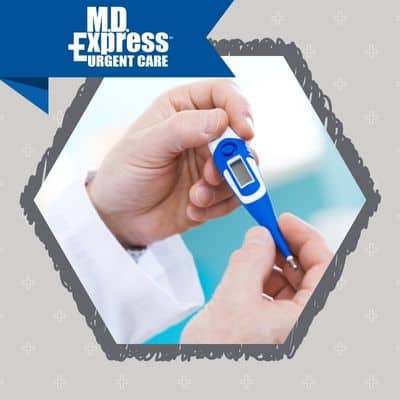In this blog, we will discuss three vital signs more in depth: respiratory rate, body temperature and oxygen saturation.
Respiratory/Breathing Rate
A respiratory or breathing rate is the amount of times a person takes a breath in one minute. A normal respiratory rate is 12 to 16 breaths per minute.
A person’s respiratory rate will be higher if they are exercising, or experiencing difficulty breathing due to a medical emergency or trauma.
A person’s respiratory rate will be lower if they are resting, sleeping or during certain medical emergencies.
Body Temperature
A normal body temperature 97.8 to 99 degrees Fahrenheit. Your doctor might take your temperature from your mouth, ear or forehead. If you have a temperature above 100 degrees, accompanied by chills, sweating and body aches, you have a fever. Your doctor can tell you what medicine to take to reduce your fever.
Oxygen Saturation
A pulse oximeter is a small, non-invasive device that is used to measure the oxygen saturation levels in a person’s blood. It works by shining a light through a person’s finger (or earlobe, toe or nose) and measuring the amount of light that is absorbed by the blood. The device then uses this information to calculate the percentage of oxygen in the blood, which is known as the oxygen saturation level or SpO2. A normal pulse oximeter reading for healthy adults and children will be between 95% and 100%.
We hope this information helps! Don’t hesitate to ask your nurse or doctor about your vital signs. They are truly that: vital.
Our team at M.D. Express Urgent Care wants you to be as informed as possible about your health. Knowing and understanding your regular vital signs will help you and your healthcare providers identify any health concerns early on.

